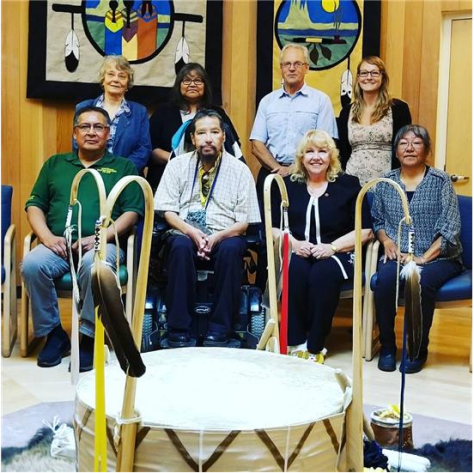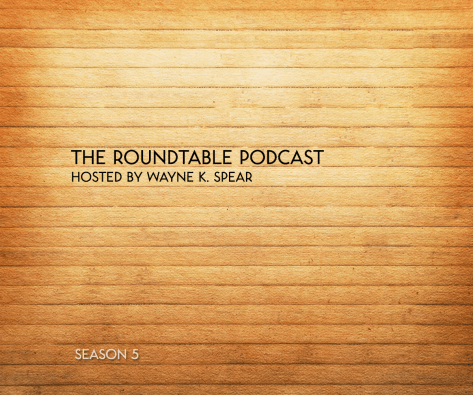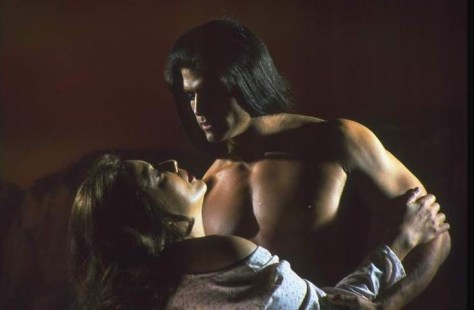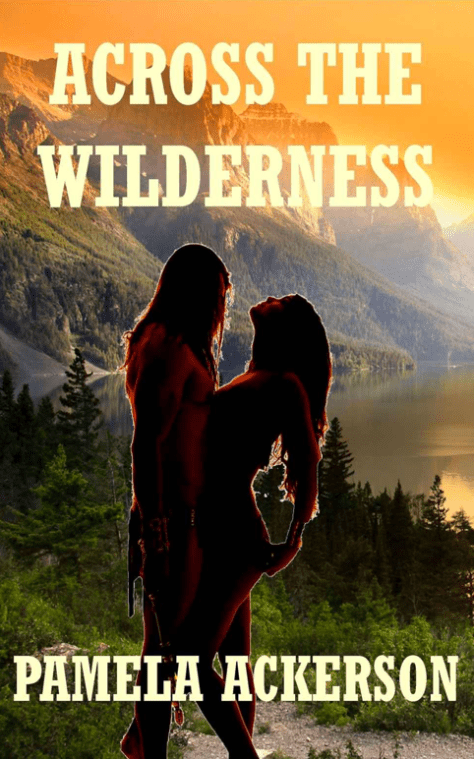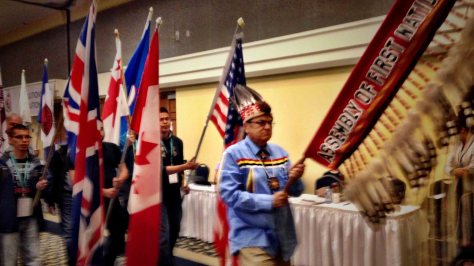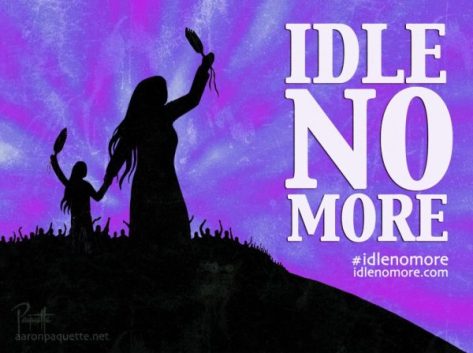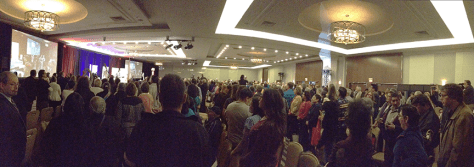
It’s a sunny Tuesday in Ottawa, and I’m having shawarma with my son on Bank Street. We are the only customers this late in the afternoon. On the TV there’s a live broadcast from the nearby Delta Hotel, where I too had been only minutes ago. Earlier in the day, the Truth and Reconciliation Commission of Canada released its report “What We Have Learned: Principles of Truth and Reconciliation.” As I eat my shawarma I try to imagine all the restaurants, all the bars and lobbies and lounges across Canada, and elsewhere, that this broadcast is reaching.
It’s difficult to summarize how I feel.
It’s earlier in the week and I am tucked into a corner of the second-floor balcony, looking into the Delta foyer. There are people everywhere. It smells of burning sage and the grilled chicken from the restaurant below. Voices combine to an indecipherable roar that resembles crashing water. The noise is punctuated by the sounds of forks surrendered to exhausted plates, of drumming, of abrupt laughter. A drum group whose members include Wab Kinew plays a song, and right above the drummers, on the same second-floor balcony to which I’ve escaped, the Primate of the Anglican Church of Canada taps his foot.
My senses are numbed. It’s relieving, and also a bit strange, to realize that I can walk two blocks in any direction and find myself in the sleepy day-to-day of downtown Ottawa.
I see many familiar faces. I’ve been at this long enough now that I catch myself reminiscing about the old days. The people I talk to agree: it was different then.
Twenty years ago the pain of Indian residential schools was raw. It tore through the rooms where we gathered. Anger and hurt so fresh, so intense, it was frightening to behold. I’ve lost count of the gatherings of residential school survivors I’ve attended—some well over a decade before there was a TRC—but the emotions are something you can never forget. I knew more than a few senior bureaucrats who didn’t mind admitting they were terrified, half-convinced they wouldn’t get out unscathed.
All these years later, there are survivors of terrible abuse who are telling their story for the first time. The familiar anger, and the hurt, remain. But the mood at this week’s final event is not what is used to be at gatherings of this sort. We aboriginal people are stronger than we were. We are no longer so filled with shame and self-loathing that we are unable to talk about what happened in those institutions. Survivors know that it wasn’t their fault, and one by one they are letting go of the destructive emotions which have held them back. We are looking to the future, and we’re in no mood to settle for anything less than what we consider good and just.
Healing and reconciliation, as Justice Murray Sinclair notes, are personal matters. It’s up to individual survivors to assess progress. Everyone wants to believe, but when it comes to the relationship between aboriginal people and the Canadian government we are all agnostic. For a century now native people have complained of politicians who deal only in fine-sounding words. Although the mood of the week is positive, I note the standing ovations given to people who, like Ellen Gabriel, have had their goodwill and patience depleted—not only by inaction but by government actions which are seen to contradict the spirit of reconciliation.
Here, at the Truth and Reconciliation Commission’s final event, we are reliving the June 2008 apology. On that day the painful experiences of aboriginal people were recognized and validated by every political party, including the Prime Minister of Canada, Stephen Harper. No longer could anyone credibly argue (as I remember people did) that there was nothing to apologize for, beyond perhaps the unfortunate zeal or wickedness of “a few bad apples.” Now, as in 2008, we were receiving official acknowledgement of the pain and injustices inflicted on us.
It took decades to get here. Years of survivors telling their stories, year after year pushing for recognition, apology and restitution. It’s been over 20 years since Phil Fontaine saw his story of residential school abuse on the front page of the Globe and Mail. (He later told me he didn’t expect this airport conversation to end up in print.) In the years following this revelation, many hundreds of survivors organized themselves.
A remarkable coalition formed around the cause of truth-telling, healing and reconciliation. Survivors, churches, activists, artists, politicians, elders, front-line workers, citizens, and other joined for a common cause. Survivors and their supporters published books and commissioned reports. They created support groups and lobbied for an apology. They launched what would become Canada’s largest-ever class action lawsuit, the Indian Residential School Settlement Agreement.
Out of this exhausting and relentless effort came the Truth and Reconciliation Commission. To understand the feelings in that room, as the TRC summarized its findings, you have to understand the amount of time and work that went into making that day a reality. In terms of sheer human will and commitment, the determination to have the history of Indian residential schools properly recognized rivals anything else this country can put up—including the building of a transcontinental railroad, or the establishment of a nation from sea to sea.
It’s done now. There’s no turning back.
